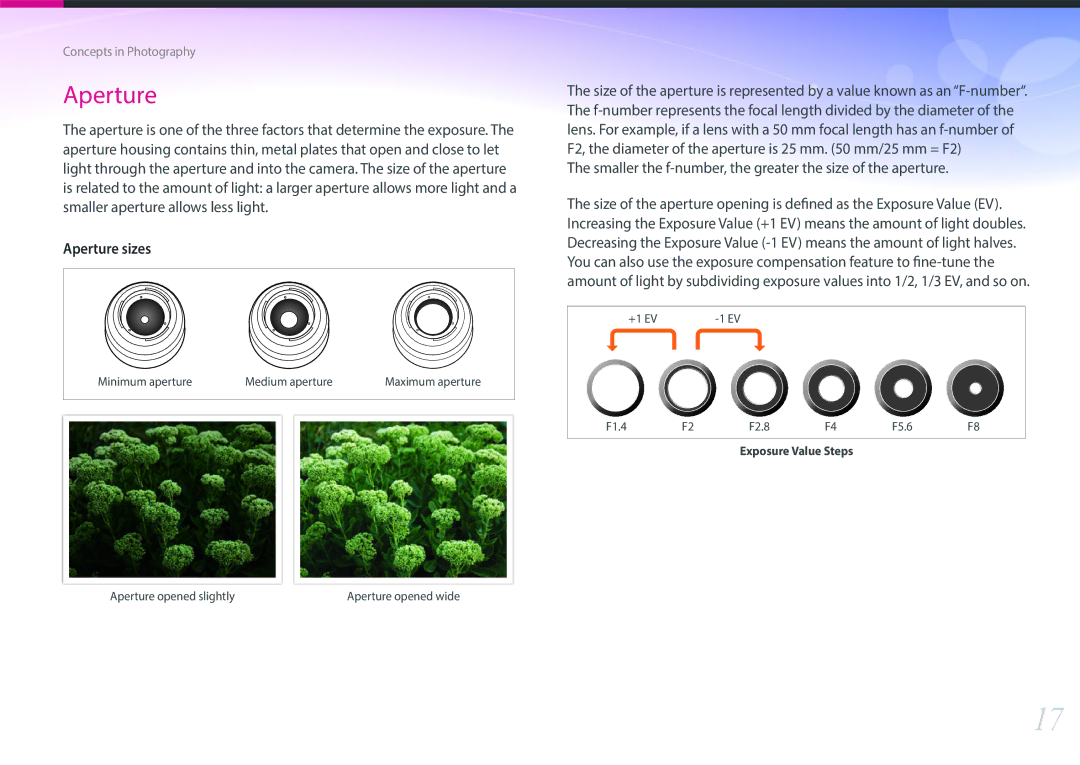EV-NX1ZZZBZBRU, EV-NXF1ZZB1ISE, EV-NXF1ZZB2ISE, EV-NX1ZZZBZBIT, EV-NXF1ZZB1IKZ specifications
Samsung has consistently set the bar high in the realm of innovative technology and electronics, and its latest lineup of products, including the EV-NXF1ZZB2IDK, EV-NXF1ZZB1QSE, EV-NXF1ZZB1QDK, EV-NXF1ZZB1HDK, and EV-NXF1ZZB1KDK, further demonstrates the company’s commitment to excellence. Each of these models stands out with a unique combination of features, technologies, and design elements that cater to a variety of user needs.The EV-NXF1ZZB2IDK model showcases advanced functionality with its remarkable image clarity and sharpness. It integrates top-tier optics and enhanced color reproduction that allows users to capture stunning photographs and videos. This model is especially beneficial for content creators and professionals who demand the highest quality from their imaging devices.
In contrast, the EV-NXF1ZZB1QSE is specifically designed for versatility and ease of use. Its intuitive interface makes it accessible for users of all skill levels. Equipped with a variety of automatic shooting modes, this model simplifies the process of taking beautiful shots, making it ideal for casual photographers. Additionally, connectivity features such as Wi-Fi and Bluetooth enable users to share their creations effortlessly.
The EV-NXF1ZZB1QDK offers a robust performance tailored for high-action scenarios. With rapid autofocus and impressive burst mode capabilities, this model excels in capturing fast-moving subjects. Photographers looking to maintain precision during dynamic situations will find this model to be a reliable partner.
The EV-NXF1ZZB1HDK brings a host of advanced features aimed at enhancing post-production workflows. It supports a range of connectivity options, ensuring seamless integration with various software solutions for editing and sharing. Its high-resolution sensor captures exquisite detail, allowing photographers to work with intricate elements of their images.
Finally, the EV-NXF1ZZB1KDK is designed with durability and portability in mind. This rugged model is built to withstand varying conditions, making it perfect for outdoor adventures or travel. Its compact size and lightweight design make it easy to carry without compromising on performance.
In summary, Samsung's EV-NXF1ZZB series combines cutting-edge technology with user-centric features. Each model caters to different photography needs, from casual users to professionals and adventurers, all while maintaining the brand's reputation for quality and innovation.

